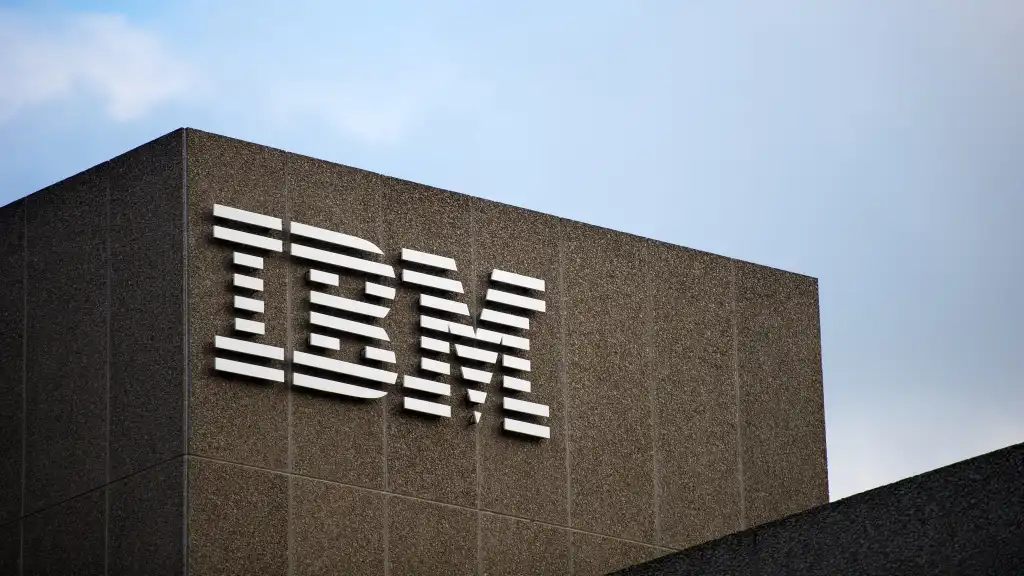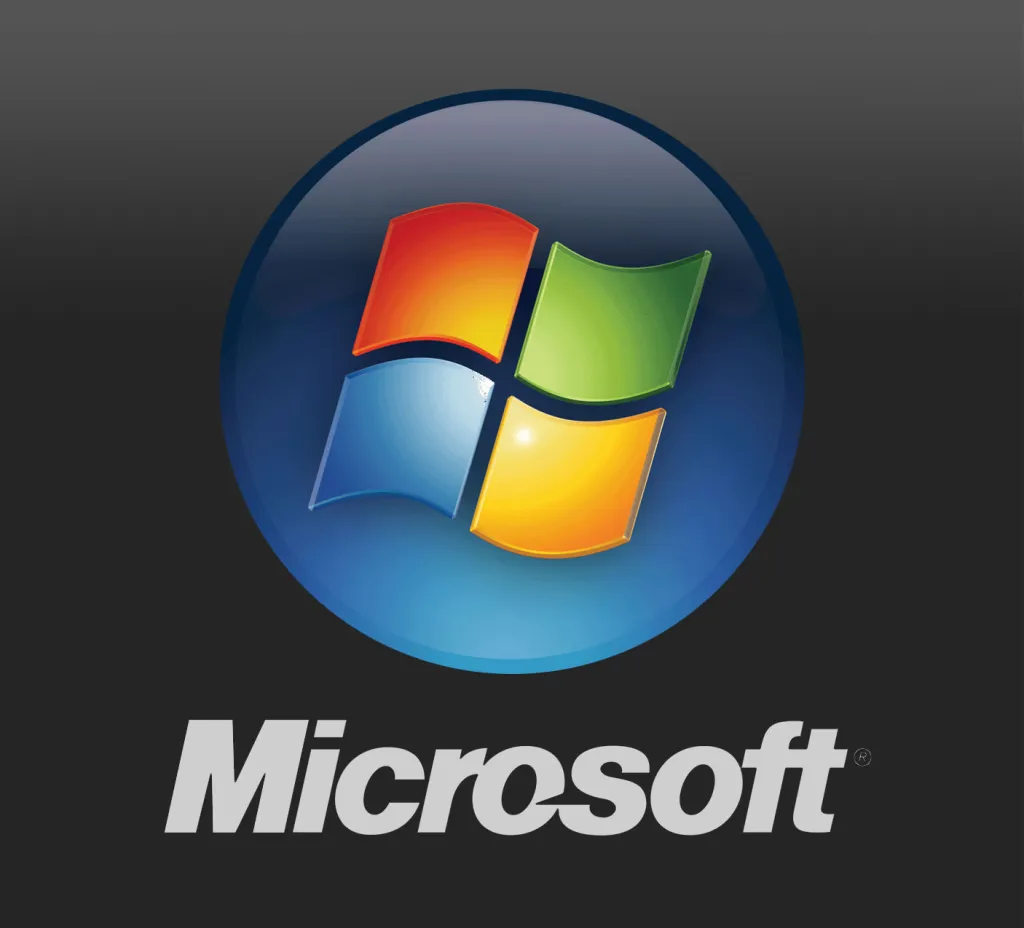Samsung Electronics is reaping the rewards of its aggressive push into AI, posting record-breaking revenue despite ongoing turbulence in the global semiconductor market and rising trade tensions.
Strong Smartphone Sales Power Performance
The company reported a new quarterly high of KRW 79.14 trillion ($55.4 billion) in revenue, up 10% year-over-year. Operating profit came in at KRW 6.7 trillion ($4.68 billion), slightly edging out the prior year. This performance was largely driven by Samsung’s Mobile Experience division, which generated KRW 37 trillion in revenue and KRW 4.3 trillion in operating profit—its highest in four years—thanks to the success of the Galaxy S25 series, which integrates AI features through Galaxy AI.
Semiconductor Struggles Persist
Samsung’s semiconductor arm, the Device Solutions division, brought in KRW 25.1 trillion in revenue but saw a steep 42% decline in operating profit, falling to KRW 1.1 trillion. The company cited reduced high-bandwidth memory (HBM) sales and average selling price erosion as major factors, alongside delays in demand due to anticipated next-gen HBM3E products. Export restrictions on AI chips also played a role in dampening performance in this segment.
Trade Tensions Blur Outlook
Although Samsung hit record revenue, the company withheld a formal business outlook for the next quarter due to increasing global uncertainty. Executives pointed to volatile geopolitical dynamics and unpredictable tariff threats, particularly from U.S. policy shifts that could impact production hubs in Vietnam and South Korea. While flagship products like smartphones and semiconductors are currently exempt from tariffs, U.S. officials are actively reviewing their status.
Doubling Down on AI and R&D
Samsung remains committed to expanding its AI-driven product ecosystem. The company increased R&D spending by 16% year-over-year in the first quarter, totaling KRW 9 trillion—the largest investment to date. Upcoming launches include the Galaxy S25 Edge and AI-powered enhancements across the Galaxy A and foldable product lines. On the chip side, Samsung plans to ramp up production of its enhanced HBM3E 12H memory and strengthen its server-focused portfolio. The Memory Business is also preparing for the proliferation of on-device AI in mobile and PC markets by pushing its 10.7Gbps LPDDR5x products.
Competition Heats Up in the AI Chip Arena
Despite its R&D momentum, Samsung is under pressure from rival SK Hynix, which recently surpassed Samsung in global DRAM market share, fueled by a 158% surge in operating profit and dominance in HBM sales. SK Hynix now commands 36% of the market compared to Samsung’s 34%, according to Counterpoint Research. Samsung’s foundry business continues advancing its 2nm Gate-All-Around (GAA) process, but it must execute quickly to stay competitive.
A Pivotal Moment for Samsung
While Samsung’s AI smartphone offerings continue to impress, its semiconductor business faces a critical turning point. The company’s record-breaking top line masks deeper vulnerabilities in a rapidly evolving AI tech landscape. Whether Samsung’s massive R&D bets will pay off and reclaim lost ground remains to be seen, but the next phase of the AI chip race may define the company’s legacy in the decades ahead.









